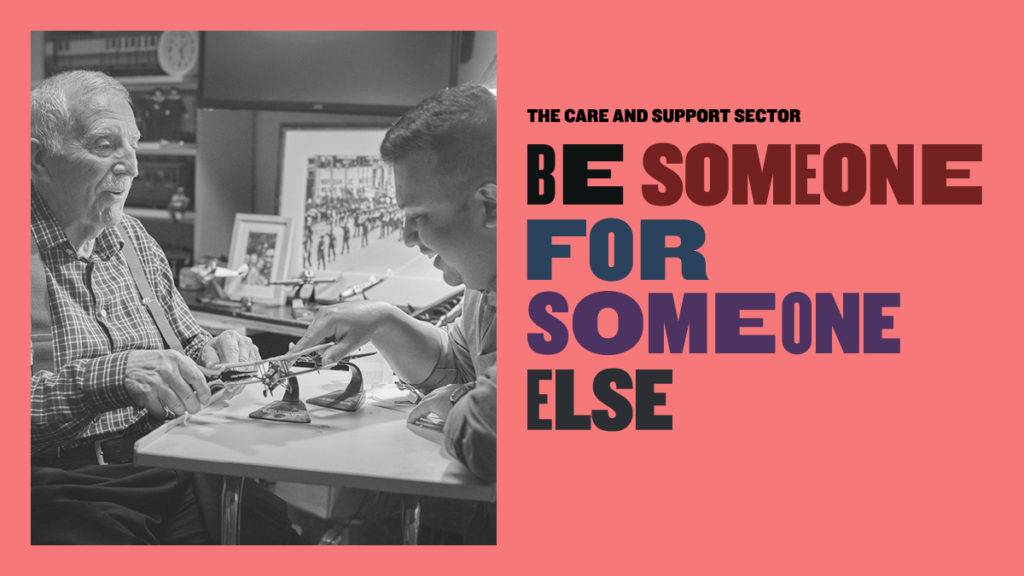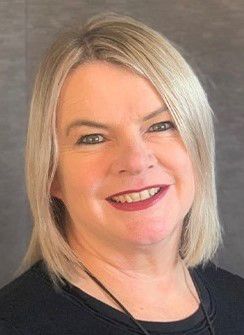A report warning that over 110,000 workers are required by 2030 to sustain basic care needs has sector leaders eager to ramp up recruitment efforts.
Aged care will need an annual boost of 17,000 personal-care assistants, nurses and allied health staff if it is to avoid reaching a 400,000 shortfall by 2050, according to CEDA.
Chief executive of the Aged Care Industry Workforce Council Louise O’Neill, who assisted on the development of the report, said the numbers offered more granularity to the situation.
“I think there's a lot to be done, and the more we set it out and step it out about what we can do to improve the workforce and increase the workforce, then there's a better chance of actually achieving that.
“It can't wait until later.”
The council launched a nationwide campaign in March to attract young people currently working in hospitality, tourism and retail, to the aged care sector.
Efforts to reframe the sector in the public eye have yielded promising results so far, according to O’Neill.
“It resonated very strongly and positively with people in the sector and new people when thinking about the sector.
“We would like to extend our campaign in the future, but what we're doing at the moment is waiting and seeing what happens with this department, social services campaign.”
Recently, the government rolled out a $13.3 million dollar national campaign to encourage more people to enter the disability and support work sector.
The Life Changing Life multimedia campaign will air for 12 months, and features the real life stories of older people, veterans, people with disabilities and their care workers.
In a joint media release, Minister for Aged Care Services Richard Colbeck said the campaign will help to “grow a strong and sustainable workforce that supports senior Australians as they age”.

Increasing staff wages will be key to sustaining future workplace growth, said O’Neill.
“I know that the government is thinking across a number of strategies at the moment, which is really great,” she said.
“I think they're very cognisant of the fact that aged care workforce needs to be bolstered and we've got to do something now.
“I don't know how far they'll go with what they will put behind it, but there's also opportunities for providers to do things in that space as well.”
The CEDA report noted that women make up ninety per cent of the estimated 369,000 workers in the sector, with the majority in direct care roles.
Given that a lack of career progression is cited as a main reason why workers chose to leave the industry, developing more senior career pathways for women will be an important step forward.
“Given it's fundamentally women who start off in the lower ranks of aged care, it's always surprised me how few women were in the senior leadership roles," O'Neill said.
“I'm really heartened lately to see that there's many more CEOs and senior managers who are females across the range of jobs in organisations.
“I think if we keep seeing that trend, you hopefully will see more people, and more women particularly seeing it as a career.”
The need to recruit more male staff was noted in the government's workforce strategy, ‘A Matter of Care’, which called for perceptions that aged care is ‘women’s work’ to be challenged.
Research has shown that emphasising aspects of care work that may appeal more to men may be effective in attracting higher numbers into the sector.
“You will notice from the 'Bring Your Thing' campaign that we put out there, we had two young men on that campaign actually as workers, and that was intentional to say this is a career that young men and any man should look at as well,” said O’Neill.
“Also, picking out other roles in aged care that might not just be direct care, but might be more around maintenance, helping people in their houses to stay at home, in terms of mowing their yards or taking them out shopping.
“Different types of roles that males might be more attracted to than females even, so over time I think we will build that repertoire of what is out there.”
According to O’Neill, the council is currently working to build on the "future job architecture" of the industry, to help map out the new roles that haven’t yet been created.
In light of technological innovation and lifestyle changes, countries including Japan have made large investments in robotics and digital healthcare to stimulate future job growth.
“It's important that we keep thinking about what's next and looking at international evidence around where people have actually done things in Japan or in Nordic countries,” said O’Neill.
“Those countries are very progressive and ahead of us with their ageing population, who've had to innovate already and say, well, what is it that we could foresee in the future and who could we attract into those roles.”
As the digital healthcare industry is projected to reach US $220 billion by 2026, budding workers will require more mentorship to suit changes to the industry, according to the royal commission.
During her 22 years as a registered nurse, O’Neill said that she benefitted from informal guidance, but believes that a more structured approach to mentoring should be adopted.
“We shouldn't lose the value of the older workforce that we've already got who could actually be showing people that these are the ways we've learned and done things.
“But having mentors would be incredibly helpful, so that's something we were working at, and the council and looking into how that might operate as part of continuous improvement with providers in the sector.”
In light of the CEDA report, the industry is now looking towards providers and the federal government to commit to higher wage growth.
Industry groups, including the Aged Care Council, are also advising the government to create more programs to enable overseas workers to enter the country.
According to O’Neill, combined advocacy from the industry will continue to be significant in addressing the looming worker shortage in coming years.
“I don't doubt we can't continue to fly the aged care ship if we don't actually improve wages and conditions for workers, whether that be through government increasing funding but also through what providers do around them, delivering support in the workforce,” she said.
“I feel that it's a really burgeoning industry and it's going to grow, it can only grow, because we've got a growing ageing population, so you'll never be without a job in aged care.”
Do you have an idea for a story?Email [email protected]
 Aged Care Insite Australia's number one aged care news source
Aged Care Insite Australia's number one aged care news source


